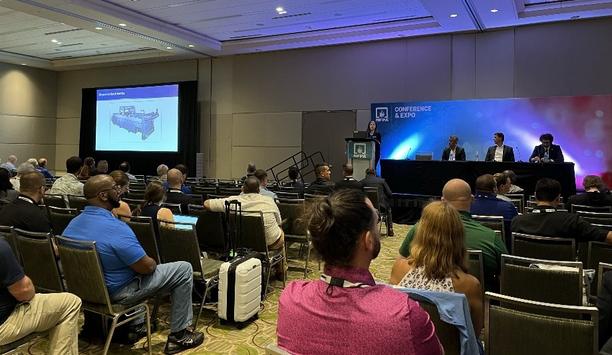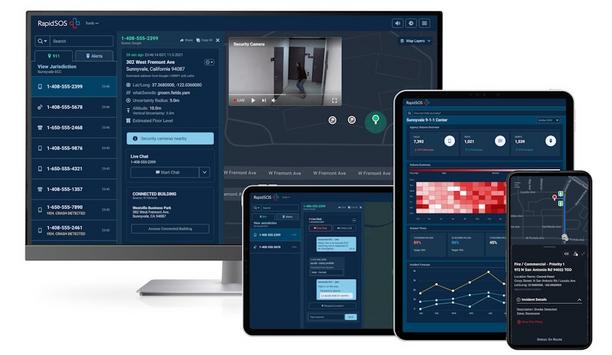The U.K. government is looking to apply the lessons of the Grenfell Tower fire by strengthening the regulatory system for building safety, including regulations for high-rise buildings. By changing the industry culture to increase accountability and responsibility, proposed measures seek to ensure residents are safe in their homes.
The new measures – Building Safety and Fire Safety Bills – expand on a pledge to “[bring forward] new measures to … improve building safety,” which was included in the Queen’s Speech to both houses of Parliament on Dec. 19, 2019.
Bringing In New Fire Safety Measures
When Prime Minister Boris Johnson revealed his plans for government with his new majority, he included mention of housing issues. To ensure residents are safe in their homes, the government will bring forward measures to implement the most urgent recommendations from the first phase of the Grenfell Tower Public Inquiry. They will also publish a draft Building Safety Bill to implement the recommendations of Dame Judith Hackitt’s review of building regulations.
The new measures will draw from all 53 of the recommendations of the independent review of building safety, and in some cases, go beyond those recommendations. For example, the government seeks to give residents a stronger voice and strengthen enforcement and sanctions to deter non-compliance. To ensure residents are safe in their homes, the government will bring forward measures to implement the most urgent recommendationsDame Judith Hackitt’s review found that the current regulatory system is not fit for purpose in relation to high-rise and complex buildings.
A new system to oversee the whole built environment will involve local enforcement agencies and national regulators working together to ensure better safety of all buildings.
New Regulations, Guidance And Improvements
An enhanced regime for high-rise residential buildings will apply to more than 11,000 high-rise buildings, increasing to
almost 15,000 buildings within 10 years.
Some £600 million of funding has been made available to replace the unsafe cladding in the social and private sectorsPreviously, the government has implemented a range of improvements that did not require legislation, including identification of more than 400 high-rise buildings that use unsafe Aluminium Compositie Material (ACM) cladding, like that used on the Grenfell Tower. They have worked with local authorities and fire and rescue authorities to ensure appropriate interim safety measures are in place. Some £600 million of funding has been made available to replace the unsafe cladding in the social and private sectors.
New regulations and guidance ban the use of combustible materials on the external walls of new buildings over 18 meters containing flats, as well as new hospitals, resident care premises, dormitories and student accommodations.
Learning From Mistakes
The Fire Safety Bill has been brought forward to “deliver meaningful change to ensure an appalling tragedy like Grenfell can never happen again.”
In addition to addressing the elements of Dame Judith Hackitt’s review, the Fire Safety Bill seeks to clarify the scope of the Fire Safety Order to include external walls of buildings, including cladding, and fire doors for domestic premises of multiple occupancy. It would also strengthen the relevant enforcement powers to hold building owners and managers to account. A transitional period will allow building owners and managers and Fire and Rescue Services to put in place the infrastructure for these changes.






































